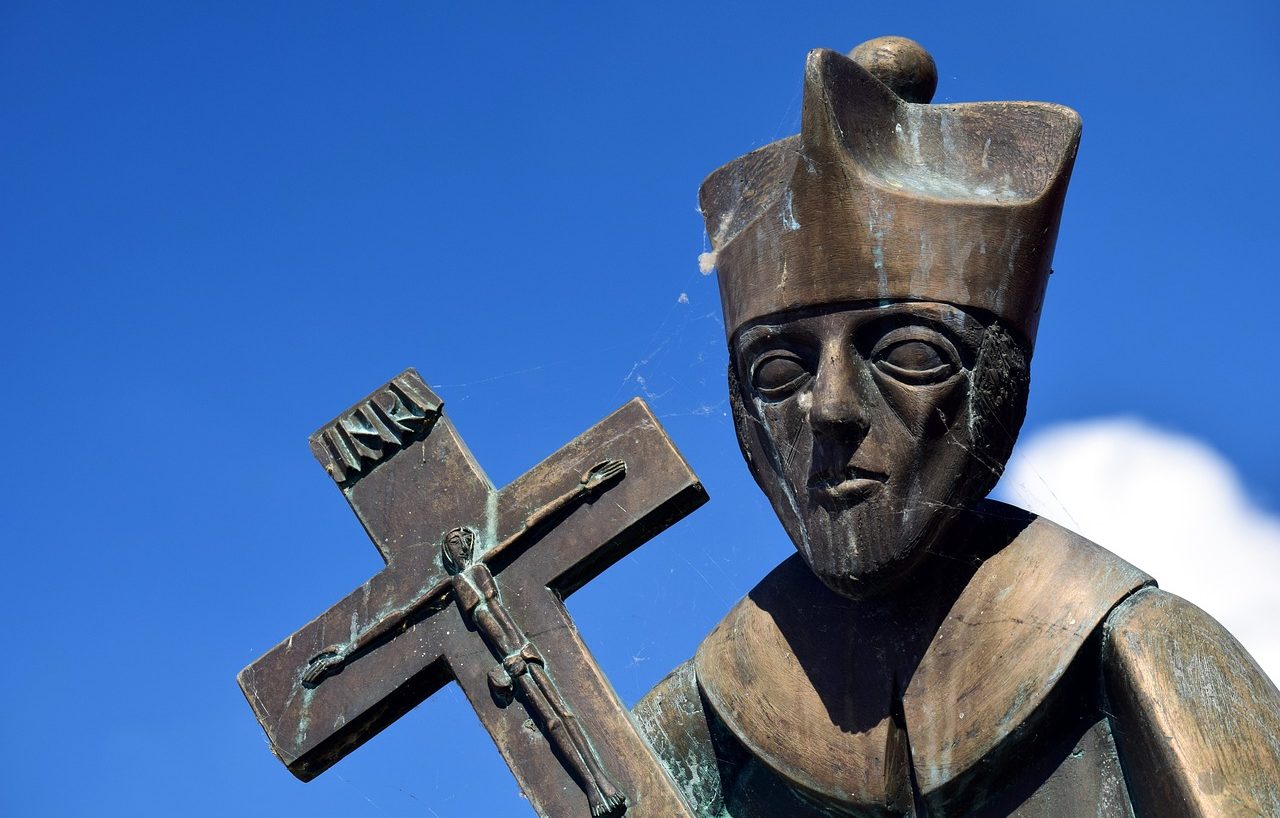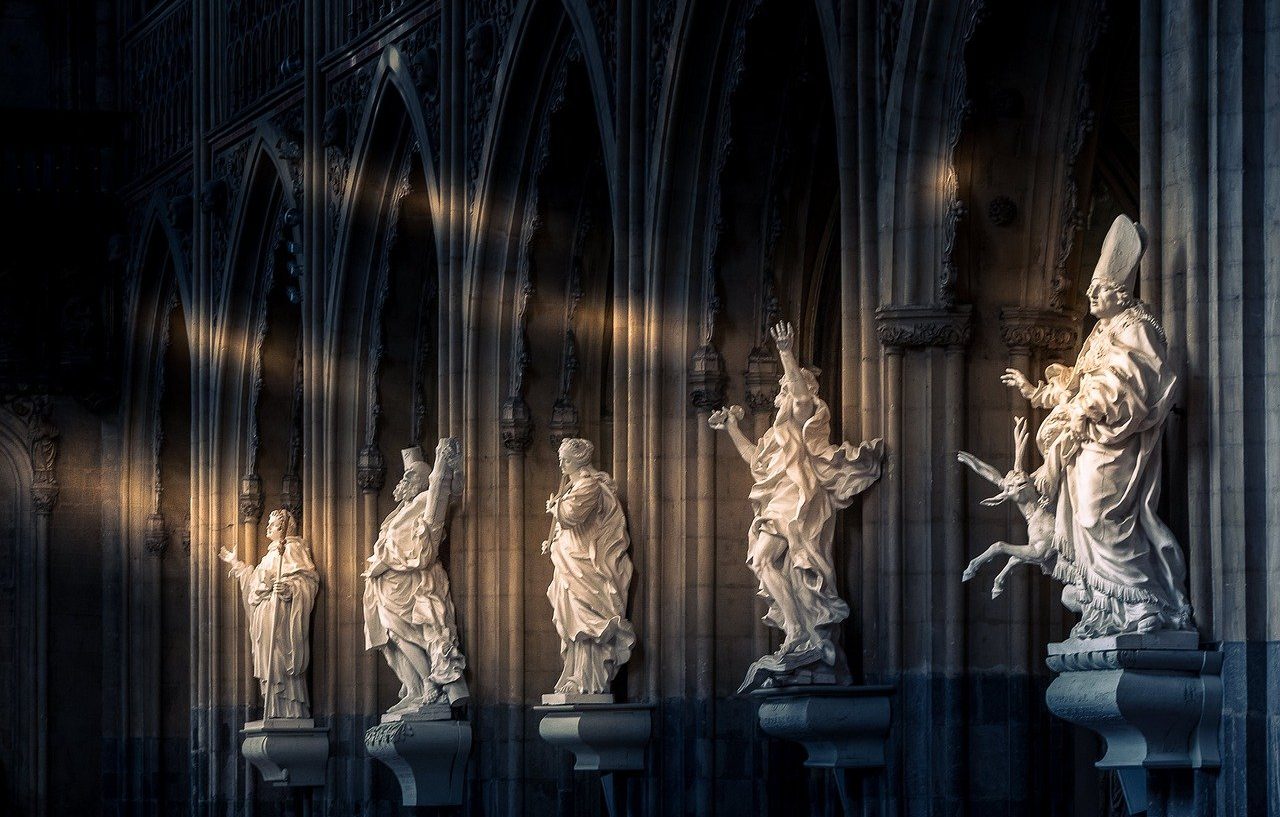
Canonization is the process that allows an individual to be named as a saint.
Canonization is the act and result of canonizing . This verb, in turn, comes from the late Latin word canonizāre and refers to solemnly naming an individual as a saint .
This means that canonization is the process that makes a deceased human being become a saint. This process is developed by the Catholic Church and involves the inclusion of the subject in question in the canon, which is the list of saints recognized by this religious institution.
Features of canonization
When a person is canonized, they can be worshiped publicly and universally. Canonization involves assigning a liturgical holiday to the saint in question, to whom images, chapels and churches can be dedicated. It should be noted that Catholics believe in the saint's ability to intercede before God .
Canonization as a formal process began to develop in the Middle Ages . For an individual to be canonized, he must first be confirmed to have demonstrated Christian virtues to a heroic degree or to have experienced martyrdom for his faith. It must also be confirmed that he has performed one (if he was a martyr) or two miracles (canonization through heroic means).
To nominate a candidate for canonization, five years must have passed since his death. The intention for said individual to be elevated to sainthood must be presented and made public, and as part of this process it is necessary to carry out an investigation to obtain a series of testimonies and biographical data.

Canonization is regulated by the Catholic Church.
Step by step
After the postulation, a series of steps begins as the process progresses: the individual is declared a servant of God , then a venerable person, later blessed and finally, through a solemn declaration of the Pope , a saint.
Let's look at these previous steps in more detail below:
Servant of the lord
The canonization process is requested by the postulator of the cause and the diocesan bishop, who must, in turn, present a report with the aforementioned biographical data to the Holy See to record the candidate's virtues .
Through the Congregation for the Causes of Saints , the Holy See must examine the information and, if the request is accepted, decree that it is possible to begin the cause (the name of this decree is Nihil obstat ).
Venerable
The path to canonization is long and complex, and in this particular step it is necessary to overcome five well-defined phases. It all begins when the testimonies of those who have known the candidate reach the Tribunal that the bishop specifically designs, which carries out a process but does not issue any ruling. Then there is the process of the writings, to analyze the orthodoxy of the works written by the postulate, under the supervision of a commission of censors.
The third phase consists of the preparation of the "Positive" , a document that includes said writings, the virtues and the fundamental data of the person's life, in addition to the testimonies presented. In the next phase, a Commission of Theologians is created to examine the document called "Positio" and finally the Holy Father gives his decree .
Blessed
As mentioned above, before making a person a saint they must be named blessed. To do this, it is also necessary to overcome several stages, such as presenting it to the community, so that they know and admire it, both for its intercession before God and for the performance of a miracle, which must be examined in a pertinent manner. Already when the existence of a second miracle is proposed, the Church begins to consider the canonization of the blessed, which in the best cases is concluded with a ceremony .
